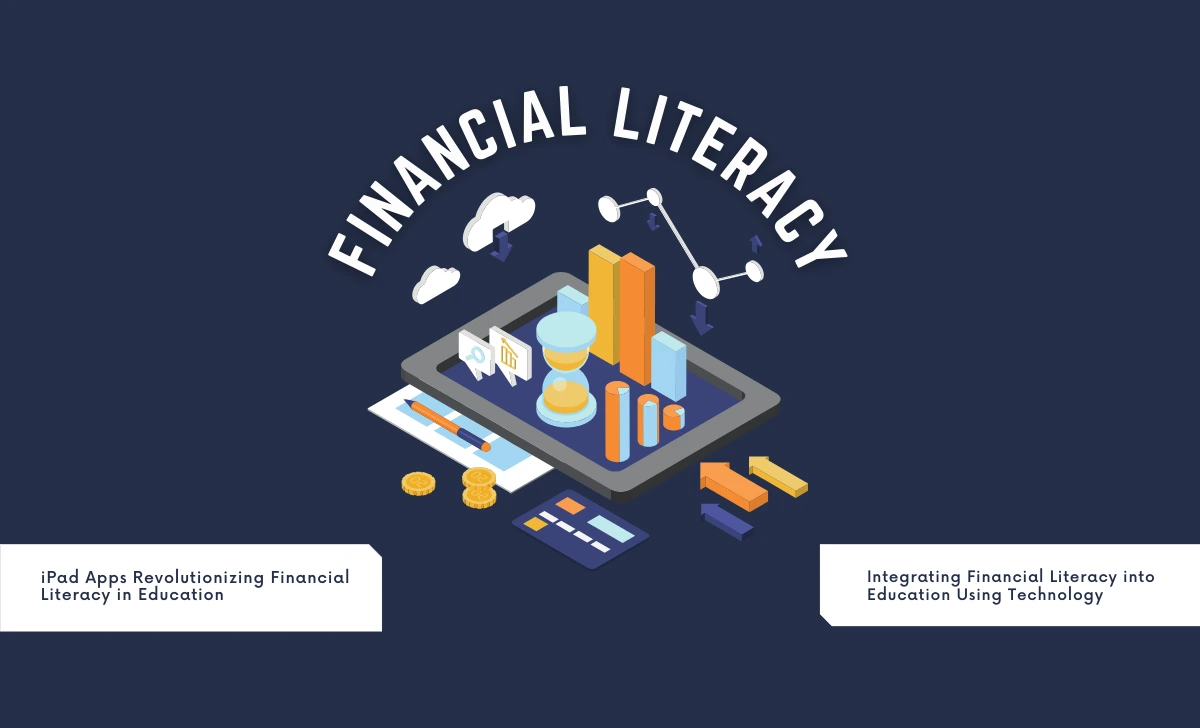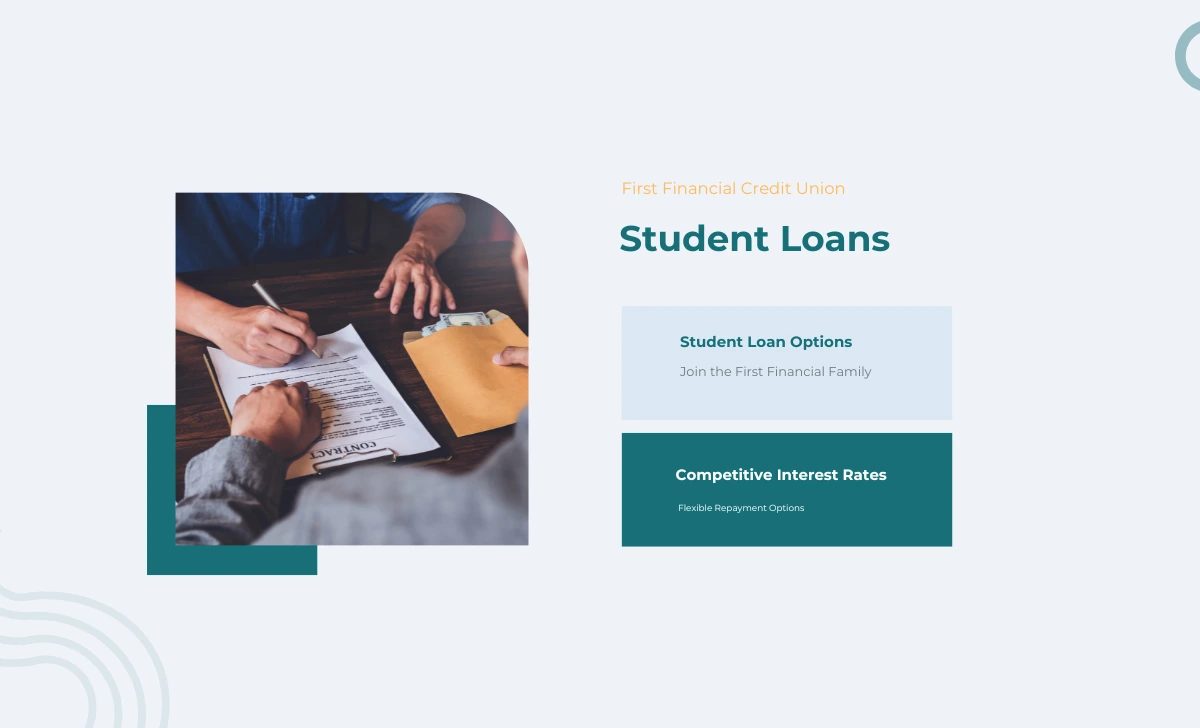Integrating Financial Literacy into Education Using Technology
The integration of financial literacy into education using technology has become increasingly vital for preparing students to navigate the complexities of personal finance.
Leveraging iPads as educational tools, teachers can now access innovative apps that simplify financial concepts and make learning engaging.
These apps are designed to enhance classroom experiences while equipping students with essential money management skills.

Best Financial Literacy Apps for Students
iPads offer a wide range of apps tailored to teaching financial literacy. Some notable examples include:
- Savings Spree: This game-based app helps students understand saving, spending, and investing through interactive scenarios.
- Bankaroo: A virtual bank app designed for kids, teaching budgeting and tracking expenses in a fun way.
- Allowance Manager: Perfect for younger students to learn about managing allowances and tracking spending habits.
These apps make financial lessons accessible and enjoyable, fostering early financial responsibility.
Using iPads to Teach Personal Finance Skills
Educators can use iPads to teach personal finance skills effectively. Apps like Mint and YNAB (You Need A Budget) allow students to simulate real-world budgeting scenarios.
Teachers can create assignments where students plan budgets or track their spending, helping them understand the importance of financial planning.
Interactive Tools for Financial Education in Schools
Interactive tools such as Kahoot and Quizlet can be adapted for financial literacy lessons.
Teachers can create quizzes or flashcards on topics like interest rates, credit scores, and investment basics. These tools encourage active participation and reinforce key concepts.
Financial Literacy Games for Classroom Learning
Gamified learning apps like Monopoly for iPad and Stock Market Simulator introduce students to economic principles and investment strategies.
By engaging in these games, students gain practical insights into managing finances while having fun.
Advantages of Using iPads in Financial Education Programs
iPads streamline the integration of digital tools into classrooms. Their portability and user-friendly interfaces make them ideal for accessing apps that support financial education.
Features like graphing calculators (e.g., PI83 Graphing Calculator) and file-sharing platforms (e.g., Dropbox) further enhance productivity for both teachers and students.
For more resources on enhancing education with technology, visit universityreviews.
Conclusion:-
By incorporating iPad apps into financial literacy programs, educators can create dynamic learning environments that prepare students for real-world challenges.
These tools empower teachers to deliver impactful lessons on saving, investing, budgeting, and more, ensuring that students develop critical financial skills essential for their future.


